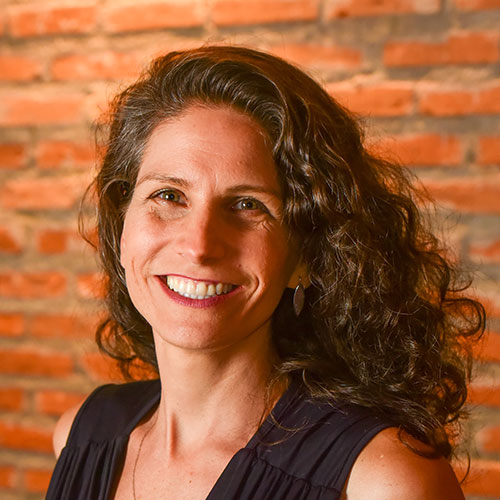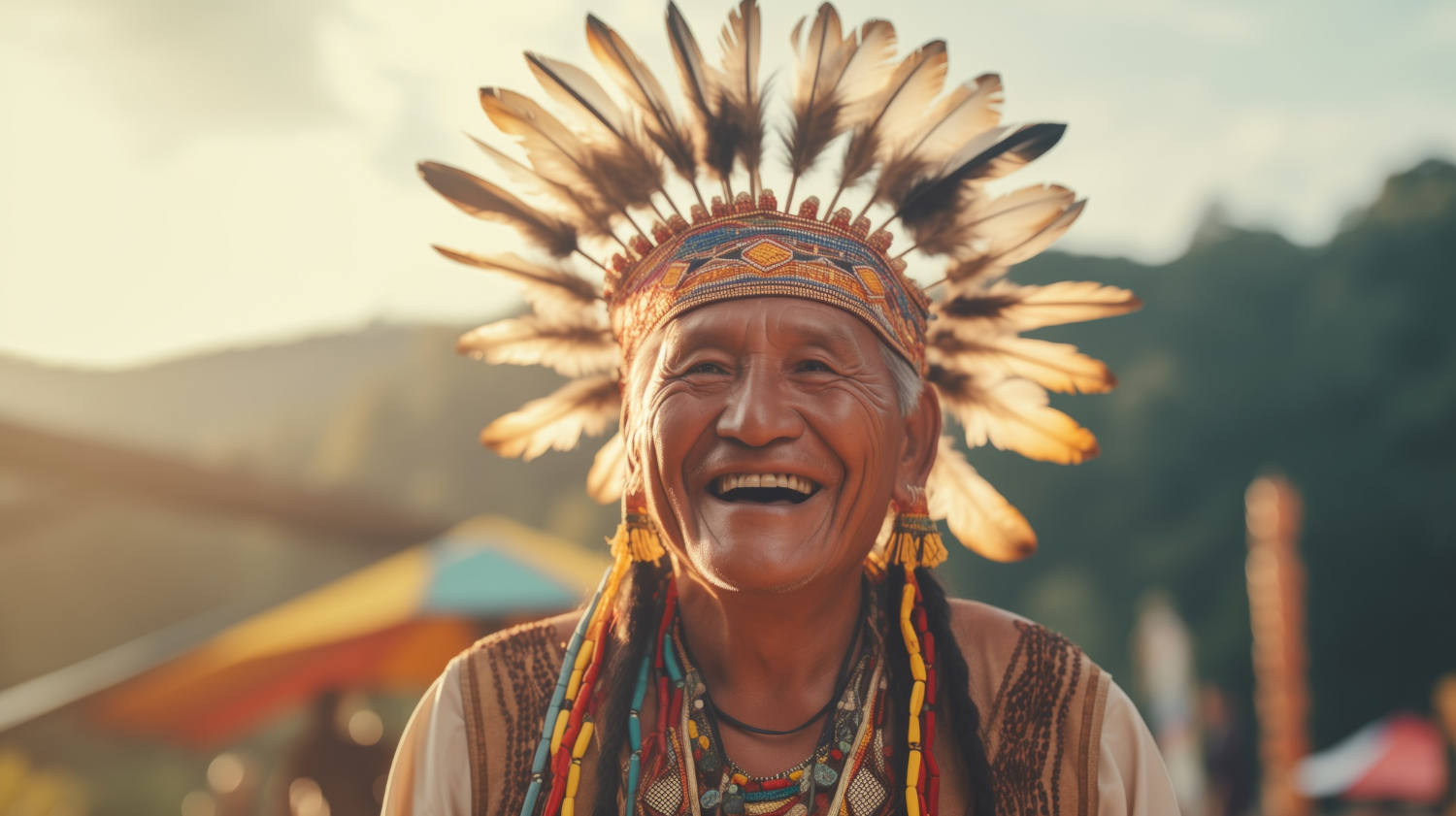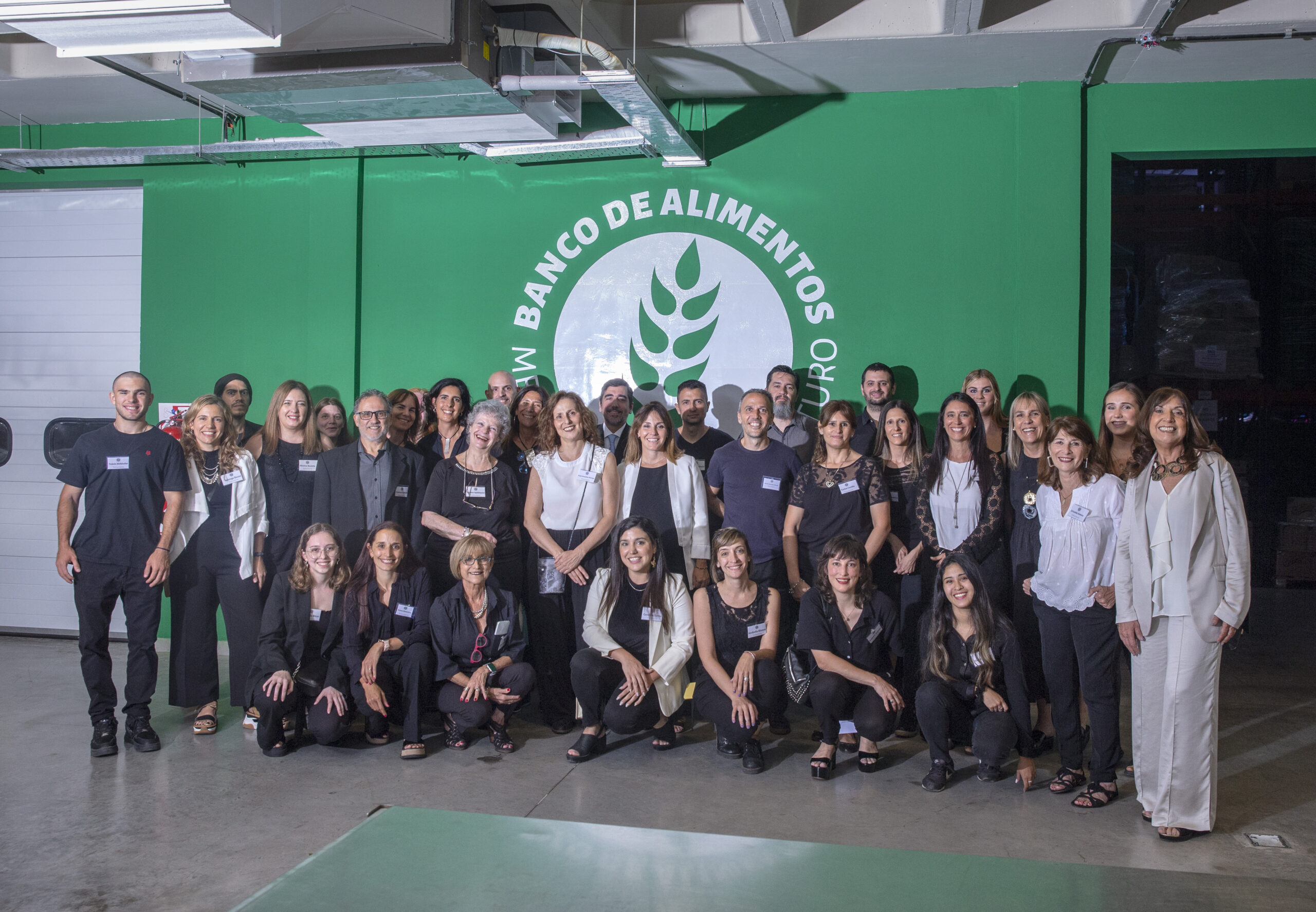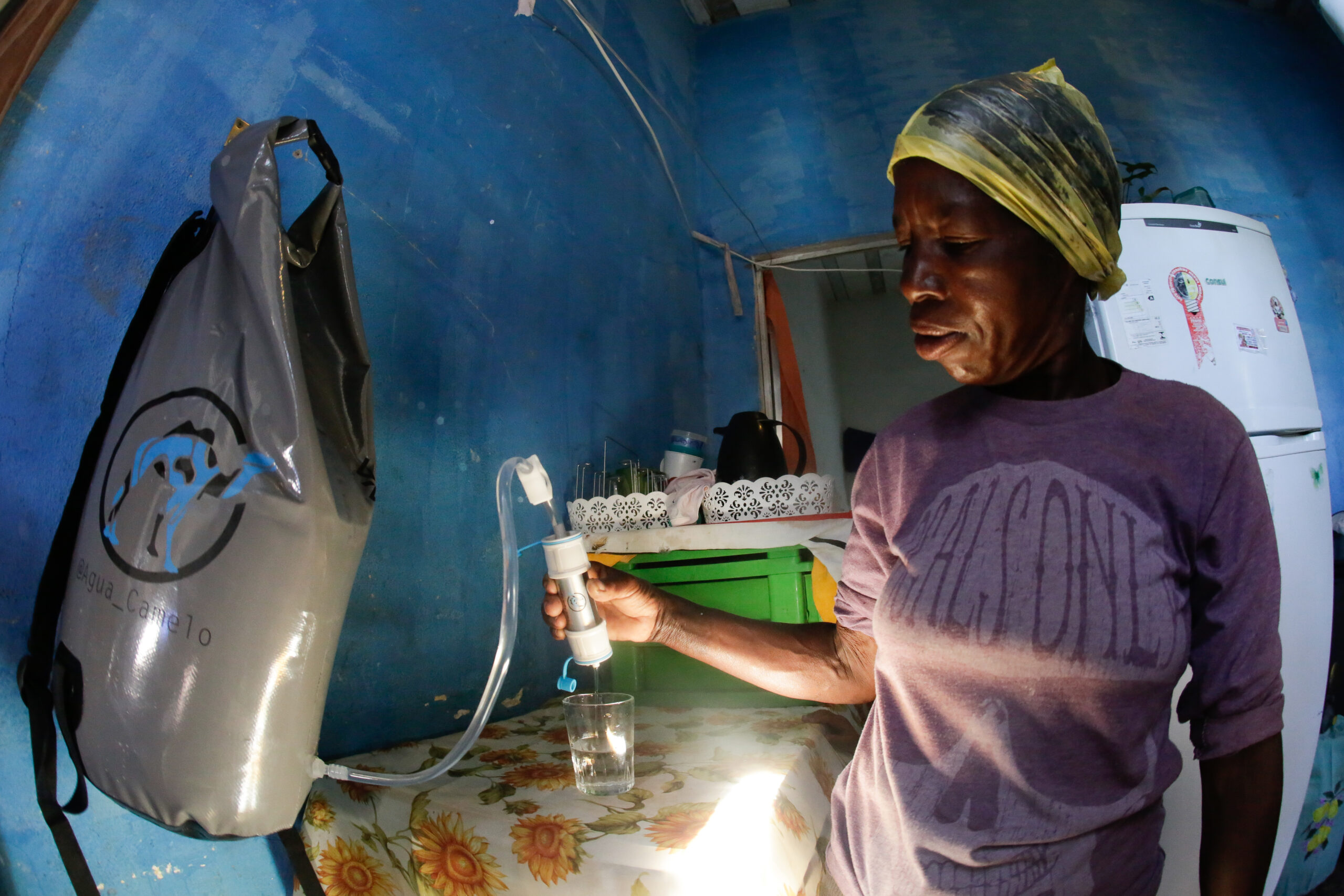Amazonian Studies Institute trains extractivist populations to participate in the carbon market
NGO was founded in the 1980s to support local populations in forest conservation and today promotes REDD+ workshops for residents
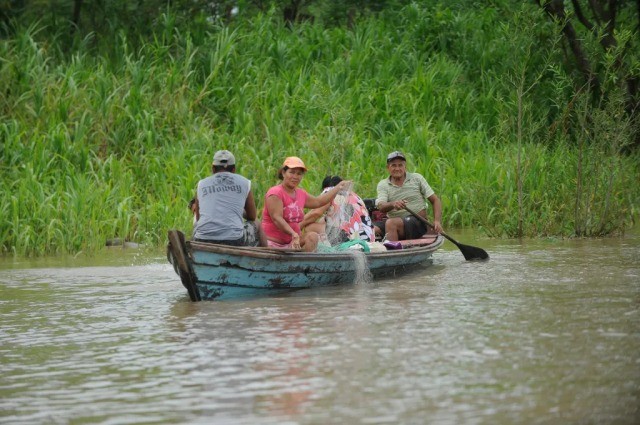
The Instituto de Estudos Amazônicos (Amazonian Studies Institute – IEA) is one of the oldest NGOs in Brazil. Created in 1986 to support Chico Mendes and the rubber tappers of Acre in the fight for forest conservation, it was responsible for implementing the idea of a Reserva Extrativista (Resex) in Brazil. Today, it works mainly with training these populations so that they can safely participate in the carbon market.
The anthropologist Mary Allegretti was the one who led the NGO all these years. Researcher and activist, she was a professor at the Universidade Federal do Paraná and left teaching to create the first literacy school for rubber tappers in Acre, alongside Chico Mendes. “I haven’t moved away since then, it is a permanent cause,” she says enthusiastically.
Therefore, she makes a point of emphasizing that the IEA is a technical institution that has always worked in partnership with the social movement. “It is a partnership of equals, with recurring dialogue. We participate in discussions with the movement, meet demands or present proposals, as is the case with carbon,” she says.
Training of extractive populations
The training of Resex residents has been carried out through workshops on climate change, the role of traditional communities and the Reduction of Emissions from Deforestation and Environmental Degradation, better known by the acronym REDD+. The workshops are carried out in partnership with the Conselho Nacional das Populações Extrativistas (CNS) and aim to deepen the work of organizing populations.
“We strengthen debates and analyses on the carbon market so that communities are fully aware of the obligations and risks and are trained to manage the project. This is super important because families can organize themselves for other types of Pagamento por Serviços Ambientais (Payment for Environmental Services – PSA) that the government itself is seeking to develop, as well as companies”, explains Allegretti.
The IEA carries out the workshops with support from NGOs such as the Environmental Defense Fund and the Instituto Clima e Sociedade. To date, six workshops have been held, where more than 450 people have been trained, including men, women and young people, in Pará, Acre and Amapá. It is expected that, at the end of this stage, communities will be able to develop and manage a carbon project that meets their expectations. Therefore, says Allegretti, populations need to be well informed about their participation in the project and everything it involves.
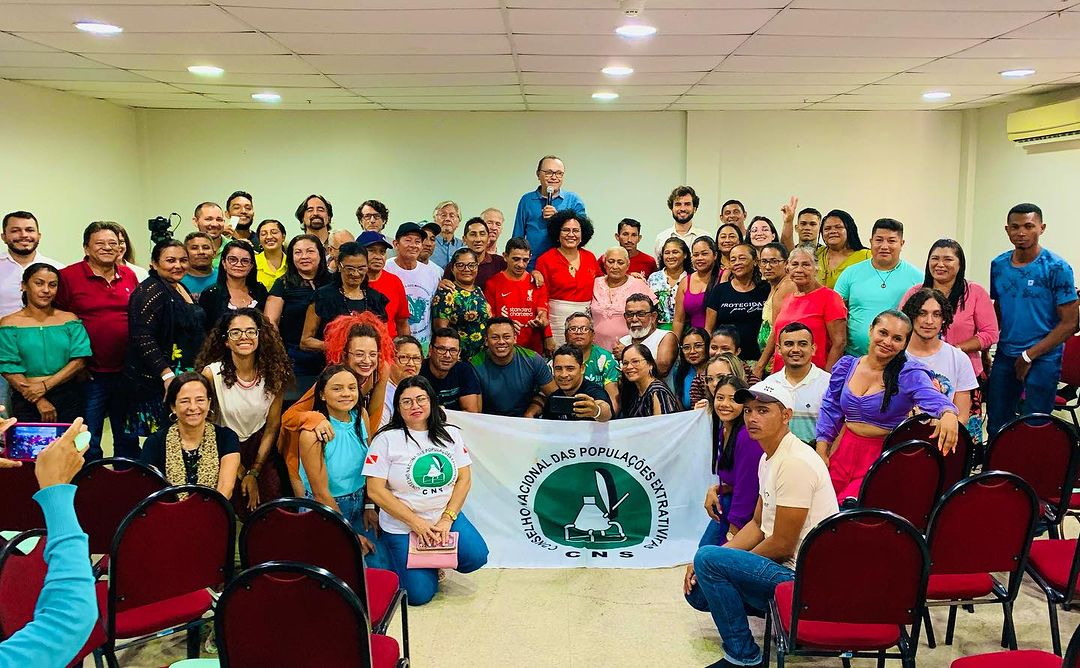
Carbon market
There are two types of business models involving the carbon market. The jurisdictional one, in which it is possible to have a different arrangement, with remuneration for the carbon stock, that is, which values the standing forest. This model is generally done in partnership with state governments. And there is the voluntary market model, which is more widely adopted, as it pays for what was no longer destroyed.
In both models, there is the possibility of projects involving investments in infrastructure, such as communication and sanitation and the sharing of benefits. It is not possible yet, however, to make estimates of the amount of credits that can be negotiated in the territories where the IEA workshops are being held.
First, explains Allegretti, it is necessary to define the type of business model that will be adopted. And this definition depends on the combination of the issue of avoided deforestation, the added value of biodiversity and forest restoration. “In an area like the Chico Mendes Reserve, which is under a lot of deforestation pressure, the value of the credit increases, but in the Resex Cazumbá-Iracema, which will also be a pilot and is a smaller Resex, with little deforestation and a very cohesive community, there will be a smaller volume of credits, because the market, ironically, does not value the forest stock that exists”, she says.
REDD+ workshops
According to Allegretti, coordination of the project has already been formalized with three Resex concessionaire associations, three more unions, two cooperatives, the Conselho Nacional das Populações Extrativistas and the Instituto de Estudos Amazônicos. It is up to the coordination to do everything from developing the methodology for building the project to identifying these stages.
“It is necessary to demonstrate the elements in the project very well and show that the community knows what can be sold, because the biggest criticism of carbon projects is the lack of transparency and the lack of solid databases. Credit is not consistent if it is not generated through well-defined technical studies”, says the anthropologist.
“We have to do each step very safely to develop a demonstration pilot that is respected. With this, we break with the view that REDD is a project that only brings difficulties to communities. We are convinced that it can bring good benefits and that communities are capable of implementing it”, she argues.

Risks and benefits
Mary Allegretti says that there are already some carbon projects being carried out in the Amazon with good results. There is, however, a case that is under judicial review because it used an area of a Resex, did not involve the families, sold the credits and did not distribute the benefits.
She recalls that business people from the South and Southeast of Brazil bought huge areas in the Amazon in the 1970s and today, with the carbon market, they realized that there was a business opportunity in areas that were not deforested and this has generated conflicts. “In some cases, squatter families remained in these areas and now, with the appreciation of carbon, businesspeople are pushing for them to leave, so they can sell the credits throughout the area.
So there are conflicts and it is important that there is regulation of squatters, as well as the market”, she explains. Internal conflicts, in particular, are the biggest risks in this type of project. Therefore, extractivist populations’ understanding of the risks and benefits of carbon projects is central to ensuring the success of the business. The workshops aim precisely to strengthen this process of consolidation, learning and management within the Resex, because it is a project that involves the entire community.
“There are many families and they must make a commitment to not deforest, but this does not always happen. An emergency may arise or even the perception that income is better from livestock farming or opening a field to plant crops. So it is necessary to know all the families well, anticipate possible conflicts and disagreements”, she warns.
Instituto de Estudos Amazônicos
The idea of a Reserva Extrativista was extremely innovative when it was proposed by the IEA in the 1980s. Until then, there was an international consensus among scientists and decision-makers that the best way to preserve the environment was to keep natural areas free from inhabitants. The Resex concept broke with this paradigm.
“We transformed the idea of the rubber tapper leaders and, mainly, of Chico Mendes, which was to keep the forest standing with them inside. So it was necessary to find a land solution for the situation in which they lived, since they were squatters… We managed to organize this Resex concept from an institutional and legal point of view and today there are 25 million hectares protected for traditional communities”, proud, says the IEA’s founder.
The institute was inactive for 20 years and recently reopened. “The reserves came under a lot of pressure and suffered from the absence of the government, because in previous years, in some way, the government invested in public policies. Then it stopped and the situation became critical. So we felt responsible to get back to work”, explains Allegretti.
She believes that carbon credits can be a significant source of income, capable of changing the quality of life in Resex. “They say the carbon market is complicated, with many risks. Then I remember when we created the Reservas Extrativistas… people said it wouldn’t work, that the residents were squatters, they wouldn’t want to live in a community. But it worked. We achieved a model that still works today, no one wants to leave Resex”, she concludes.
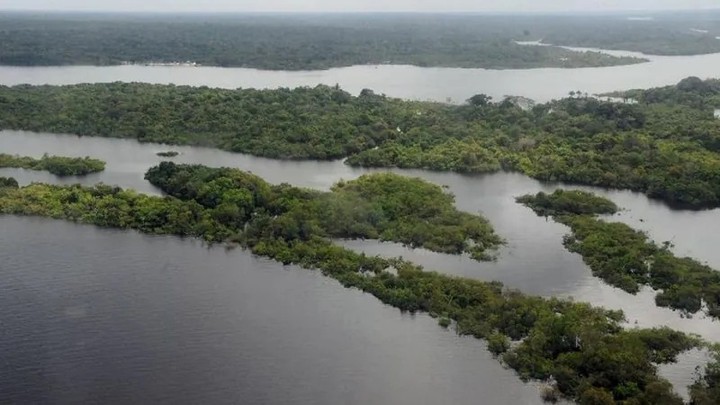
Want to support this cause?
The IEA has two offices, one in Curitiba (PR) and the other in Rio Branco (AC) and accepts volunteers, both to carry out specialized studies, in partnership with universities, and to carry out administrative work. To find out more, visit the website or follow social media on Linkedin and Instagram.
